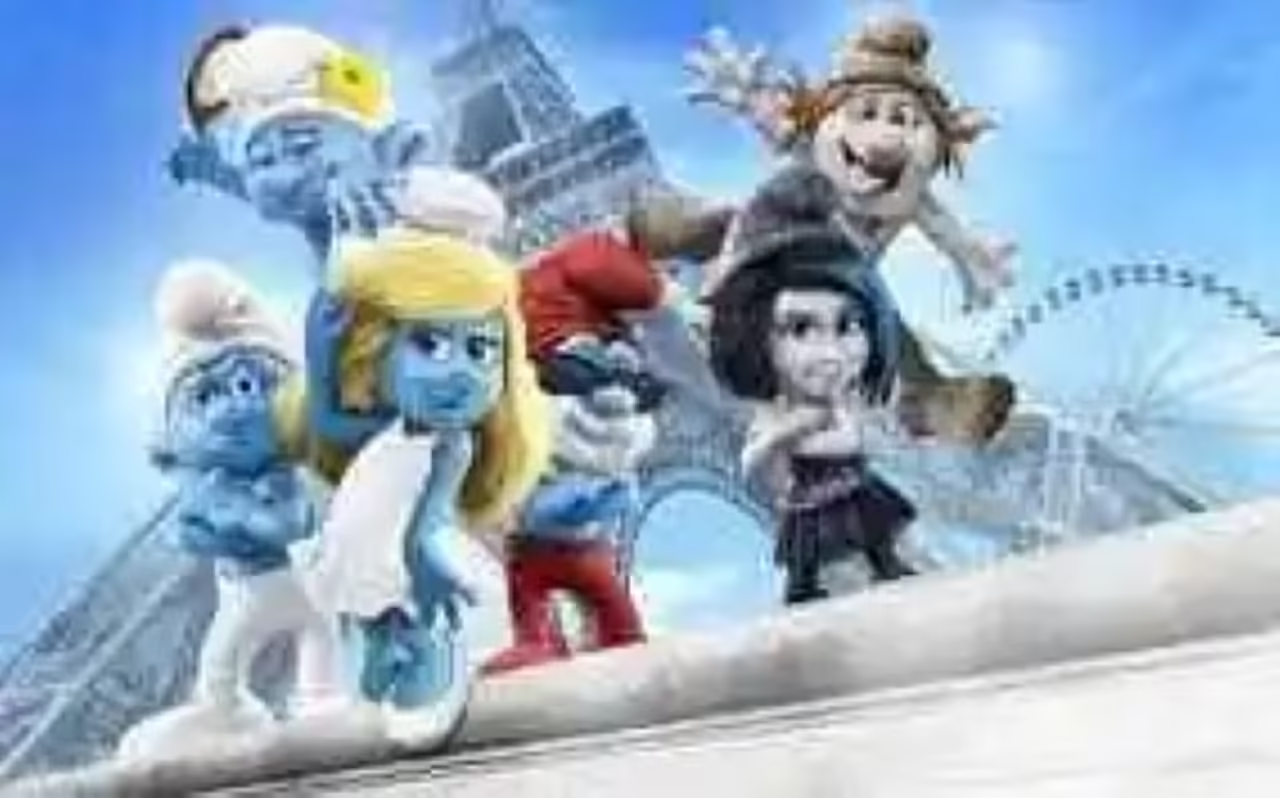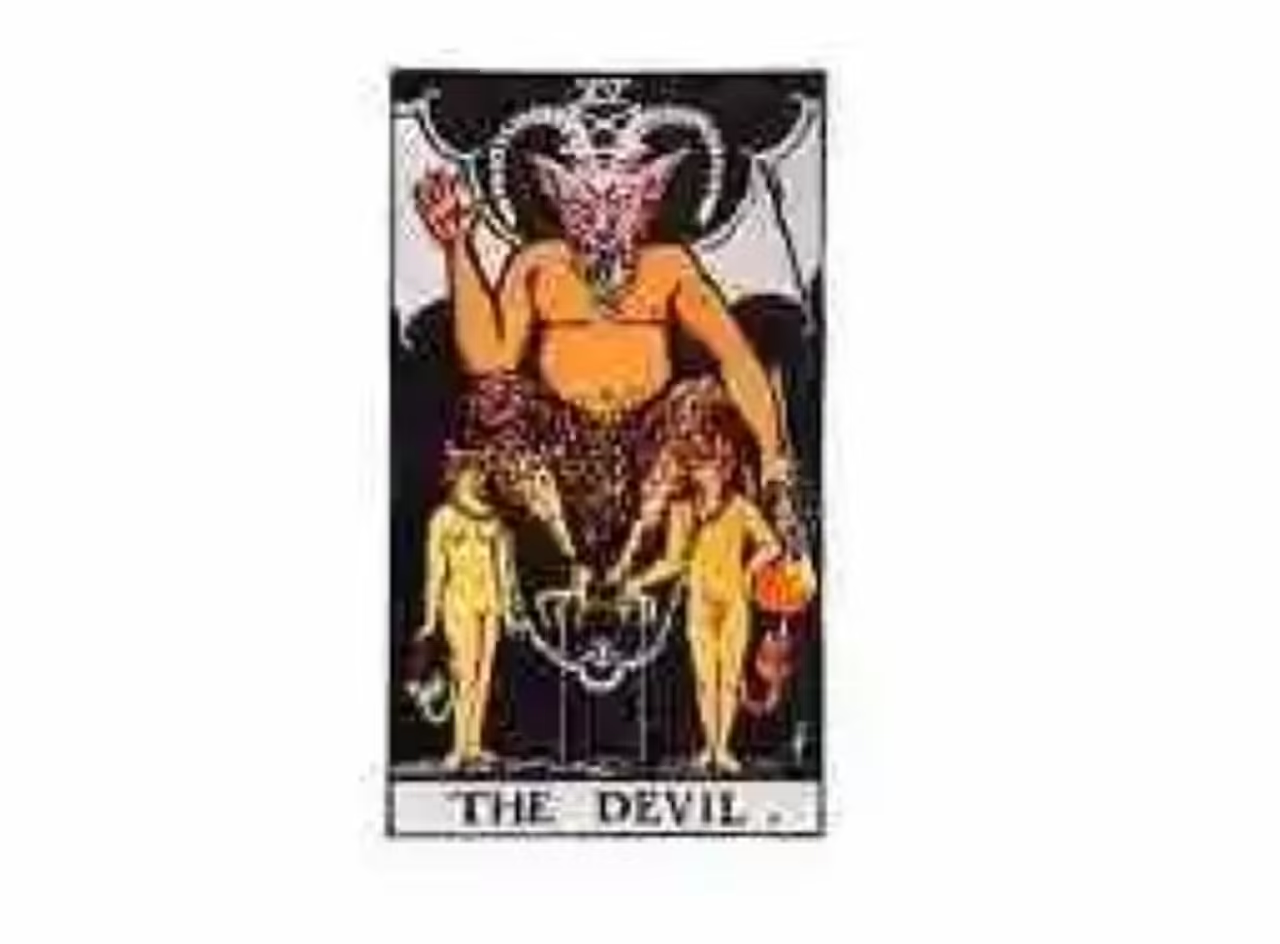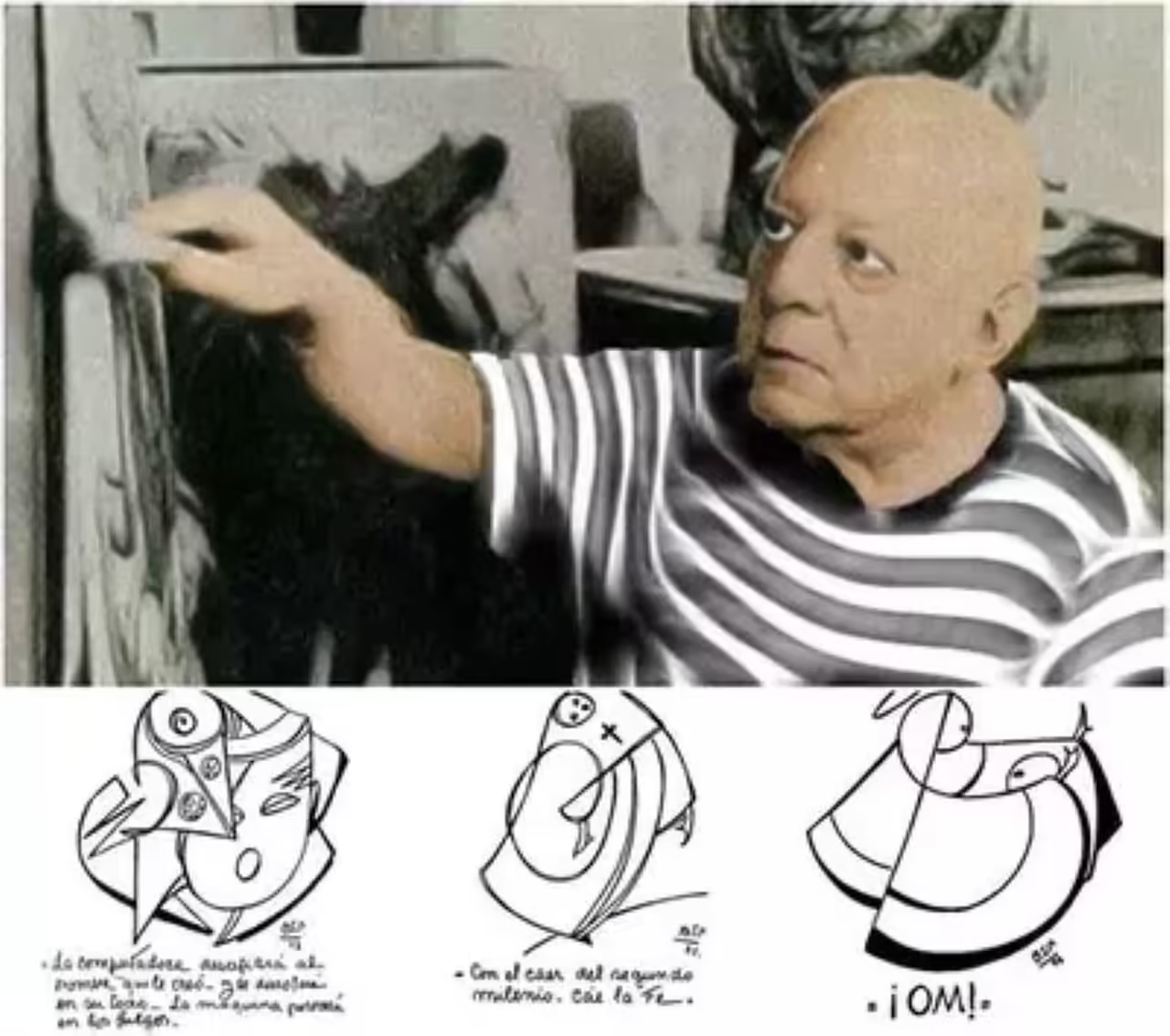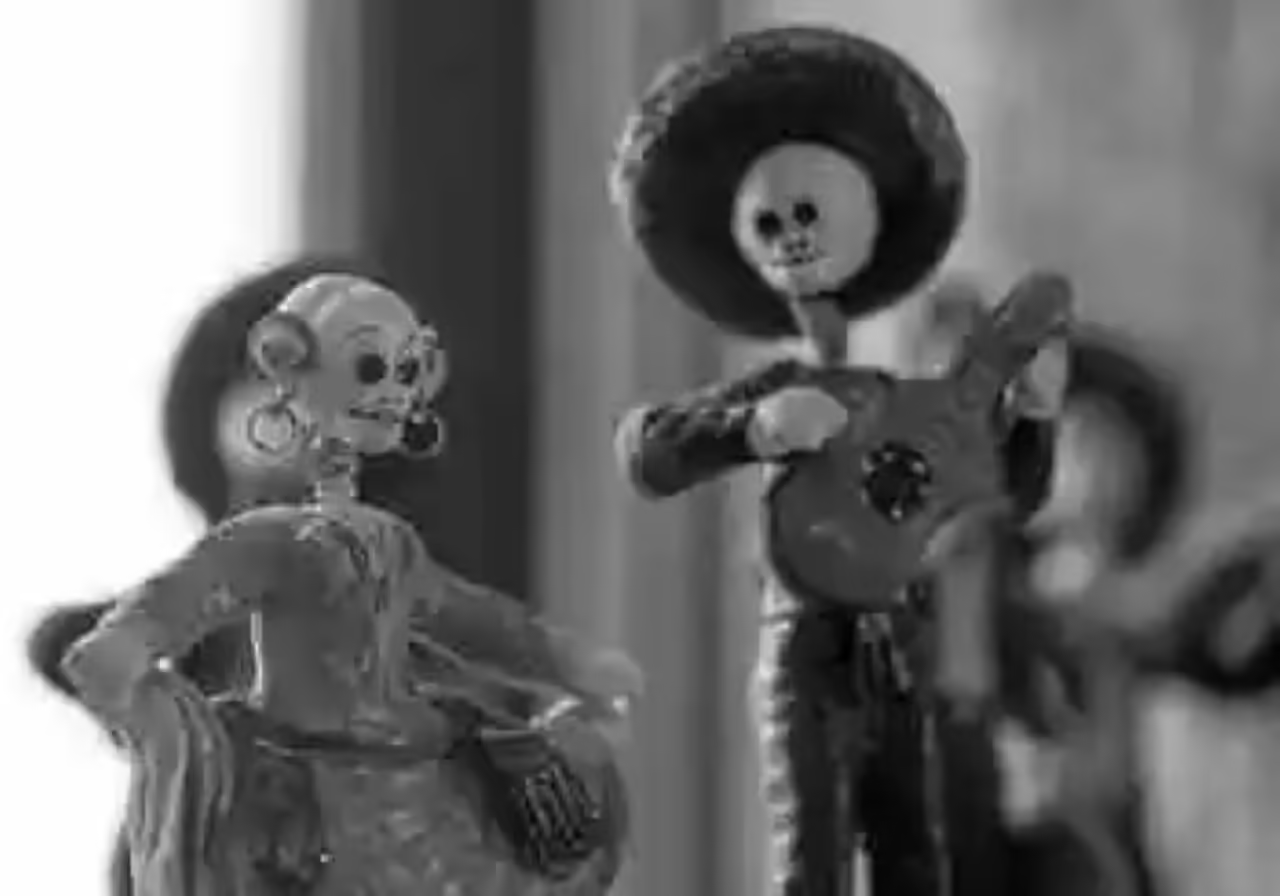The Smurfs are an animated series initially created as a sequence of cartoonists by the Belgian-born cartoonist Peyo. In Spanish speaking they became known only until the year 1969. Since then their success was resounding and they have never ceased to appear in all kinds of drawings, series, films and countless products.
Cartoons influenced by hidden ideologies
But could there be any hidden history behind it all? Some have given the Smurfs various interpretations, even assuming that for Peyo, the smurf society, with all its praise of communitarianism and the undisputed leader, are really an apology of totalitarianism, both communism and Nazism.
Accordingly, Gargamel represents the cartoon of the Jew, while Azrael represents the caricature of capitalism. The struggle between the opposites is clear, either that the Smurfs fight the evil Gargamel, or that this means the struggle between communism against capitalism. Smurfs have a definite craft and only perform that task, which can have both good and bad implications.
However, others, with some justified reason, think that smurfs have another meaning and even associate them with satanic figures. Beyond all this, what is clear is that, to a greater or lesser degree, the Smurfs represent the seven deadly sins, and this is evident, either by the name of the Smurfs or by some characteristic, trait or behavior that differentiates it.
Thus, Sweets represents the gluttony, Lazy represents laziness, Selfish represents envy, Smurfette is lust, Tachón is greed, Grumpy is anger and Philosopher is pride and envy. Papa Smurf, according to all this, is associated with the devil himself, who has begat all sin, represented in the seven deadly sins and is depicted wearing red and on his armchair the sign of the pentacle, something as esoteric as pagan.
For his part, Gargamel appears to be a Franciscan priest, and his house gives the impression of being a church in ruins. The cat Azrael would be a fallen angel or an avenging angel, with the typical ending in it, something proper to names of angels like Gabriel, Uriel, Raphael, etc. Another thing that stands out is the frigio cap of the Smurfs, something typical of the Freemasoninitiates of the Middle Ages, an iconic symbol to recognize each other. Be that as it may, it is true that there is an interest in conveying a background message.








